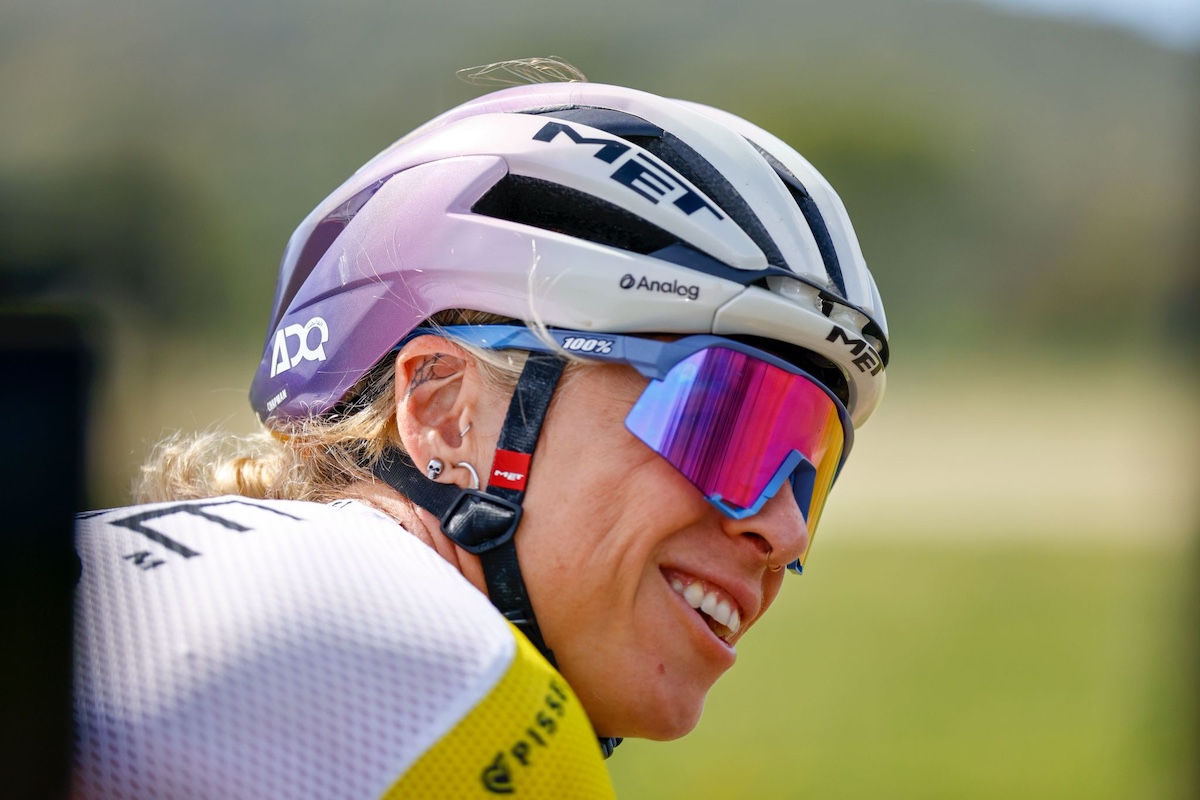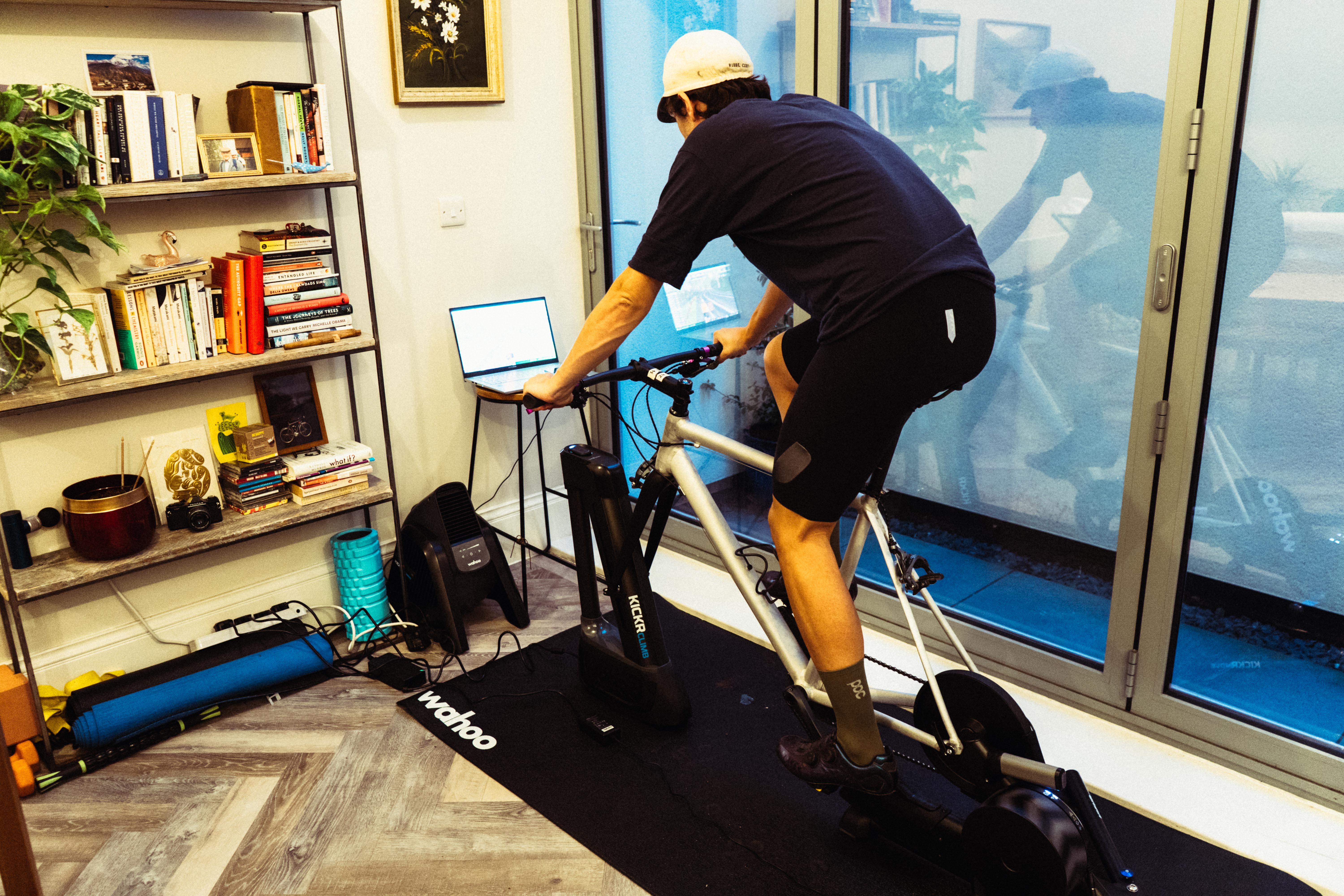
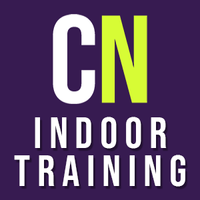
Training plans mean different things to different people. Perhaps you’re a seasoned interval trainer, or maybe you’ve never tried one before. Regardless, a good training plan is something we can all benefit from. Accountability, more efficient training, and a sense of satisfaction are all on offer, and they can keep you from overtraining too - if adhered to properly.
And in 2025, there is a wealth of online resources that can help you to plan out your turbo training this winter - so let’s take a look at where to find the plans, and how to use them.
Do you really need a training plan?
The short answer, if you want to feel better on the bike then some form of structured plan is going to be the best method, no matter how seriously you take your training. In fact, I sometimes hesitate to use the blanket term of a training plan, because for some people, that is too intense. In reality, it’s a tool to keep you motivated, and to get the best out of your riding - but that can just mean enjoying it!
It means having a simple structure that nudges you beyond pottering one day and annihilating yourself the next. If you’re targeting a local TT series, building towards a big summer sportive, racing a full calendar, or you just want to hold your own on club rides, a plan helps you progress without guesswork.
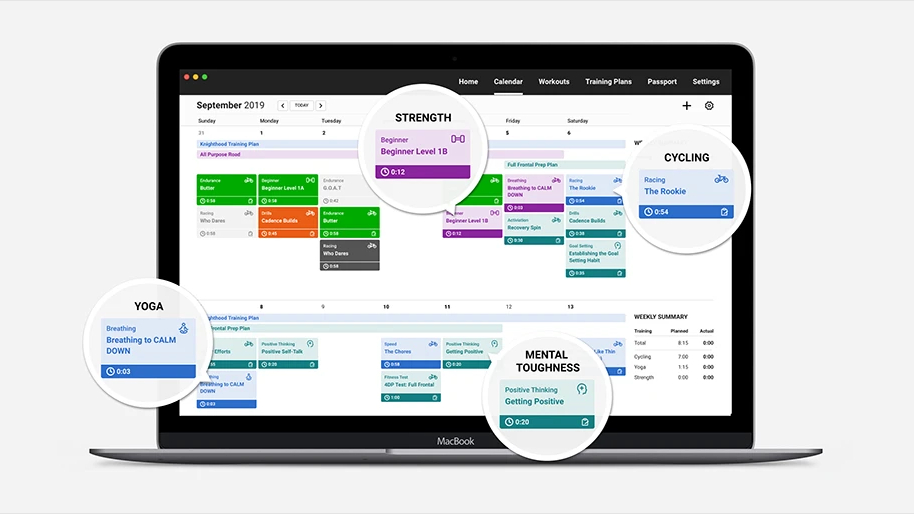
The only people who shouldn’t rush into one are those still wrestling with consistency. If you’re riding once a week, start by stacking regular sessions first. Two to three touchpoints each week, even if they’re short, beat an elaborate plan you only half-complete. Once you’ve got that rhythm, even a light structure will move the fitness dial fairly quickly.
How to plan your training
Whether you have a distance, speed or event in mind, any good training plan starts with an honest conversation with yourself to work out exactly what you want to achieve in the medium to long term. You will also need to consider how much time you can realistically put aside to reach those goals.

If your goal is twelve or more weeks away, you’ve time to build capacity. That means plenty of steady build up of training load, which won’t leave you panic training. If your goal is eight weeks away, you’re closer to sharpening - a touch more threshold or VO2 max, while protecting freshness.
The latest race content, interviews, features, reviews and expert buying guides, direct to your inbox!
When it comes to how much time you can commit, it is always better to start conservatively when planning your own training. The psychological benefits of actually completing a plan are very underrated, and it’s going to be much kinder on your head to up the amount of training you are doing, rather than decreasing it.
Anchor days tend to help with the planning too. You might find that you do well with quality on Tuesday and Thursday, and a longer aerobic ride at the weekend, for example, because it fits around your wider schedule. Everything else is genuinely easy or rest. If life gets lively, protect the anchor days and let the easy stuff flex.
Periodisation is simpler than it sounds
Take the training jargon out, and most effective training plans will look fairly similar for amateur riders - one or two key sessions, one longer aerobic ride, and easy spins or rest to fill the gaps. That’s it. You progress by nudging one variable at a time - a bit more interval time, a small wattage bump, slightly shorter recoveries, or an extra rep. But remember - change one knob per week, not all four.
Changing all four is where things start to unravel, and that is why most plans will follow some sort of periodisation. You can’t press the gas forever, and that tends to be something that motivated riders can forget without due planning. It’s best to aim for two or three weeks where training load gradually rises, followed by a lighter week to let the adaptations settle in. If you’re newer to structure or juggling a heavy job and family, a 2:1 pattern (two building weeks, one lighter) suits most. If you’re experienced and robust, a 3:1 can work, but it is super important to listen to your body and not let bravado take over. When it comes to deloading, the key is to cut down the volume by around 25-35% and keep a little kick of intensity. This will mean overall hours will drop in the rest week, and intervals will become shorter.
Where can I find a training plan?
Take a look at any of the big virtual training platforms, and you will find a wealth of excellent off-the-shelf training platforms available. Zwift, TrainerRoad, Wahoo SYSTM, Rouvy, MyWhoosh, and all offer individual structured plans and workouts that plug straight into ERG mode. They differ in interface, community, and how prescriptive they are - but the common thread is convenience.
The downside to many of these plans is that by their very nature, they have to be pretty far-reaching and won’t always be very specific. If you are serious about your training and you have more specific goals in mind, it is worth looking into a cycling coach. A good coach will tailor training around your life, not the other way round, and they’ll stop you overreaching when work melts your brain. If you’re curious, we would advise asking through your local cycling club for recommendations, as it’s best to go with someone who is well known and has genuine credentials.
A quick word on testing and zones. You don’t need a lab, instead, a simple ramp test or a solid 20-minute effort will set usable power zones. This is paramount for training as it will set the baseline powers for your different interval sessions throughout the week. Retest every six to eight weeks, or when everything suddenly feels a gear easier. Just don’t go chasing a 20-minute PB every other week - your body won’t thank you!
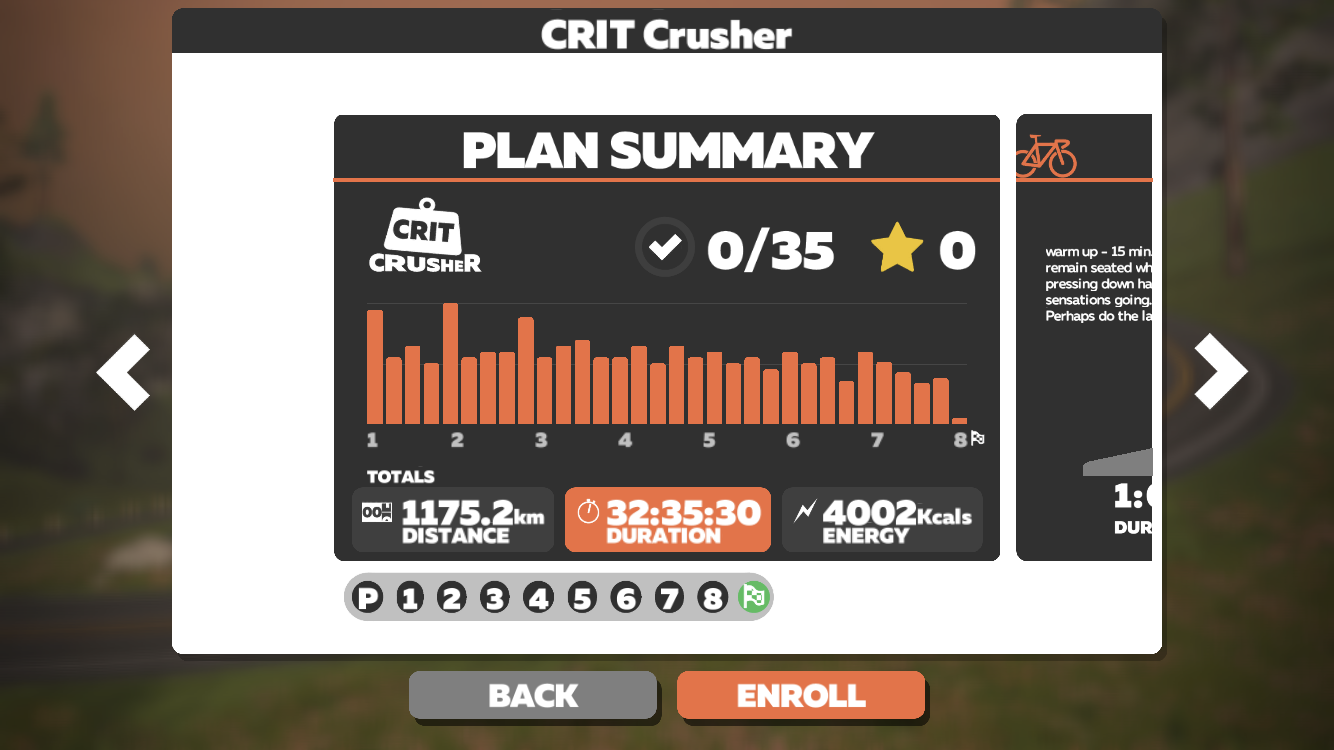
Avoiding burnout
I cannot overstate how important it is to listen to your body at this time of year, particularly if you are planning your own training. Being the tough guy all season while juggling a full-time job can end in tears if you don’t. If you track HRV on a watch, it’s worth letting the trends guide your hand - accompanying apps will help you make sense of this over time. If not, lean on the two simple anchors of sleep quality and resting heart rate. Poor sleep plus a higher-than-usual morning HR is a polite request to dial back.
There are a few rules that save you in the long run, such as if you slept under six hours, swap the hard session for easy endurance. If you’re coming down with something, no intensity until you’ve had two symptom-free days, and never train with a fever. Cooling and fuelling play into this too. Indoors runs hot, so it’s more important than ever to ensure you are getting in enough fluids and making sure you are fuelling correctly. Most riders do well around 500–750 ml per hour with electrolytes.
Strength and mobility deserve a nod here too, when it comes to general well-being. You don’t need a grand plan, but sneaking in two short mobility blocks each week pays off - hips, hamstrings, calves, and a little thoracic rotation help to tackle some of the common side effects of the cycling position, and to be honest, most of us could benefit from these things for longevity anyway.
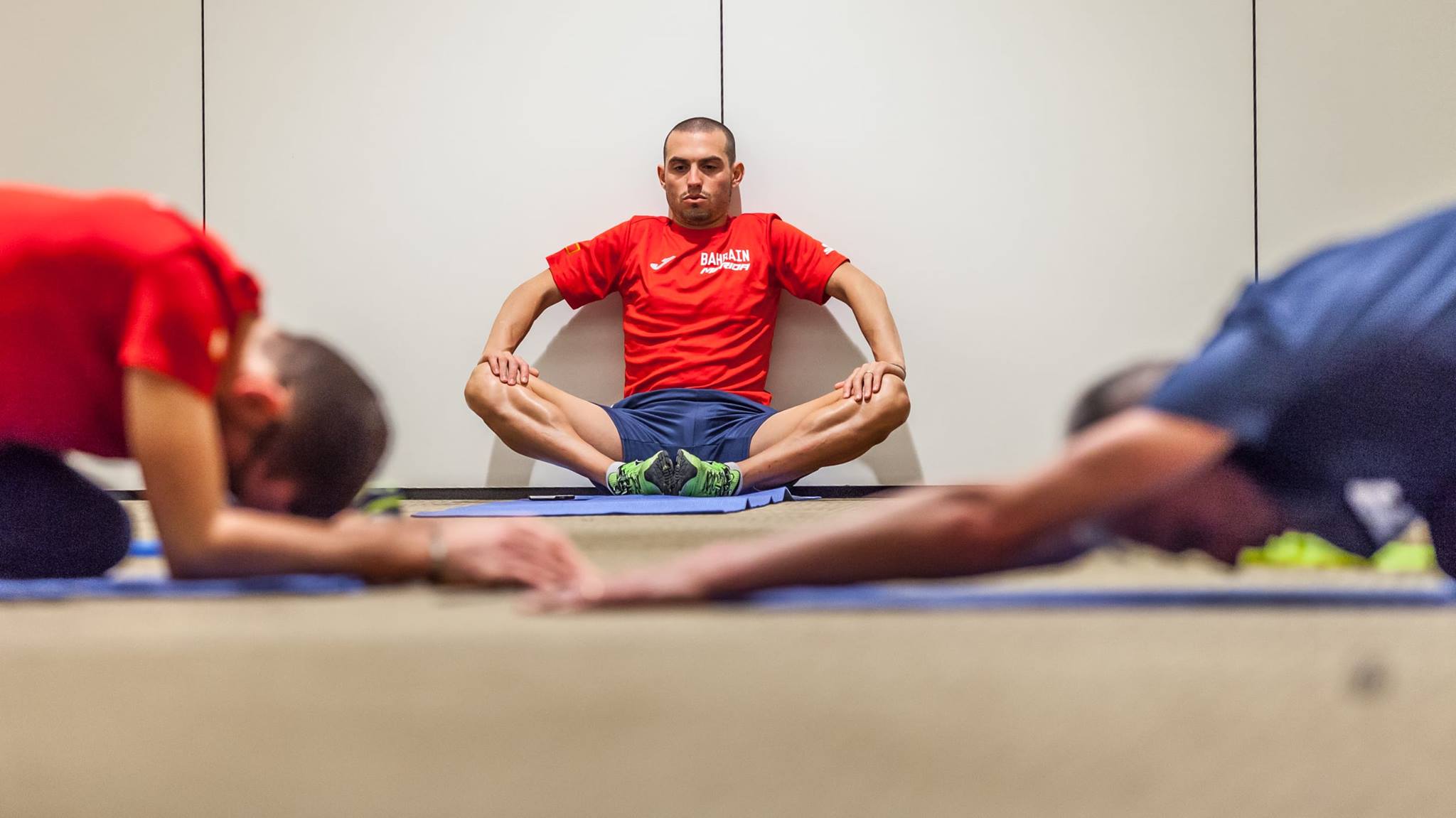
Progress can be sneaky at times. Often, it’s the speed of recovery you might start to notice, rather than just how easy each individual session is. After all, you will still have good days and bad days on a weekly basis. Especially when starting out with a new plan, progress is about how your body adapts to the new training stress, rather than seeing a 10% power gain in the first two weeks - because that probably won’t happen!
A final thought is that plans should never be a totally rigid framework. The point isn’t to tick every box, but instead to arrive in spring with a better engine than what you have today.
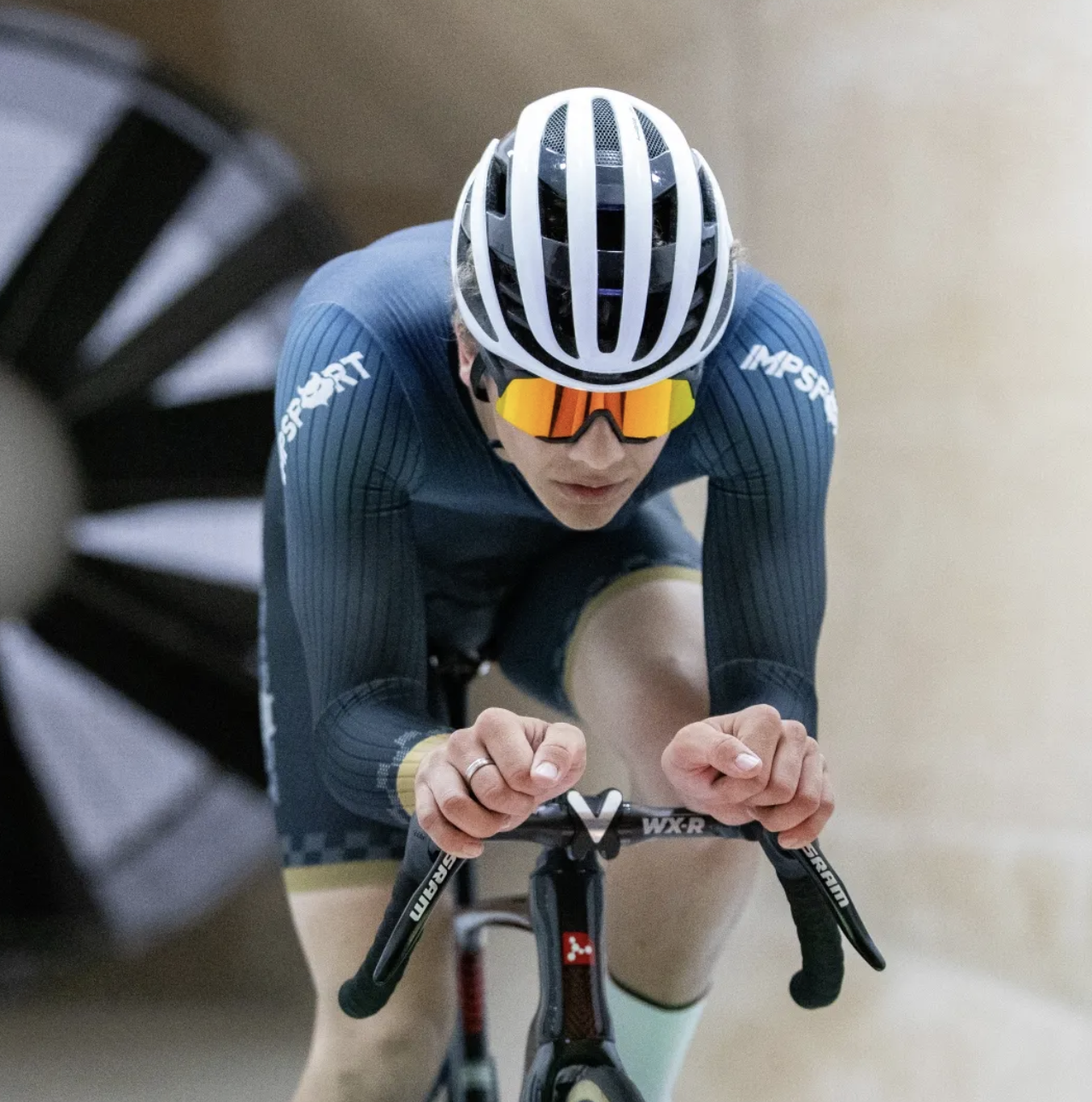
Joe is a former racer, having plied his trade in Italy, Spain and Belgium, before joining Cycling Weekly as a freelancer and latterly as a full time Tech Writer. He's fully clued up on race-ready kit, and is obsessive enough about bike setups to create his own machine upon which he won the Junior National Hill Climb title in 2018.
You must confirm your public display name before commenting
Please logout and then login again, you will then be prompted to enter your display name.
